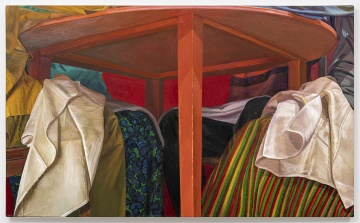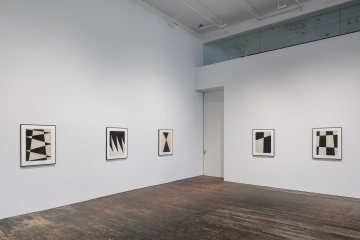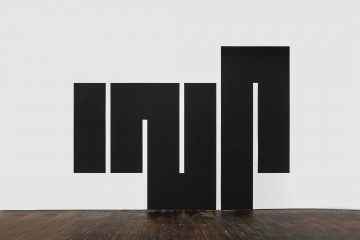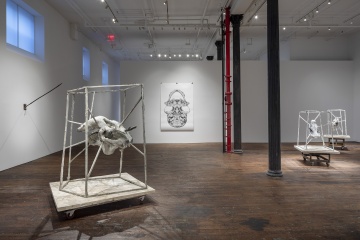Peter Freeman, Inc.
140 Grand Street
New York, NY 10013
212 966 5154
New York, NY 10013
212 966 5154
Peter Freeman, Inc., founded in 1990, represents leading international artists and estates of several generations and specializes in important paintings, sculptures, and drawings of the 19th, 20th, and 21st centuries, with a particular emphasis on early Pop, Minimal, and Conceptual works.
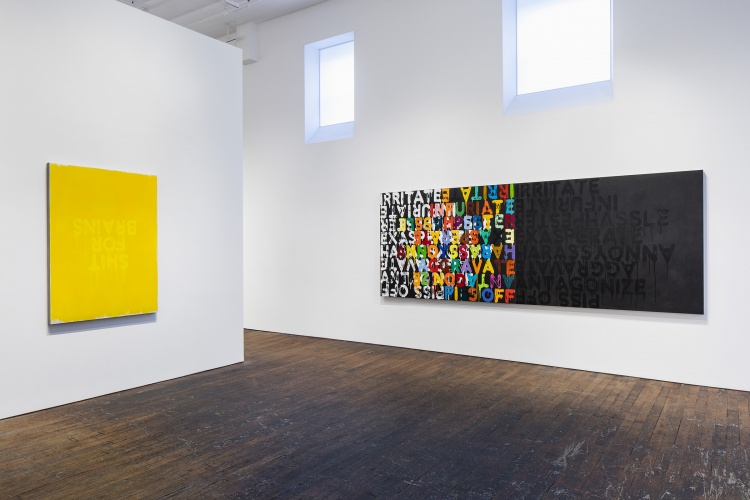
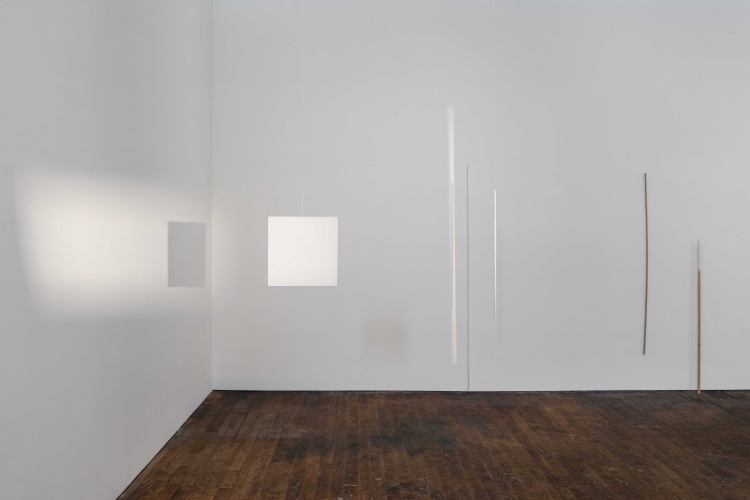
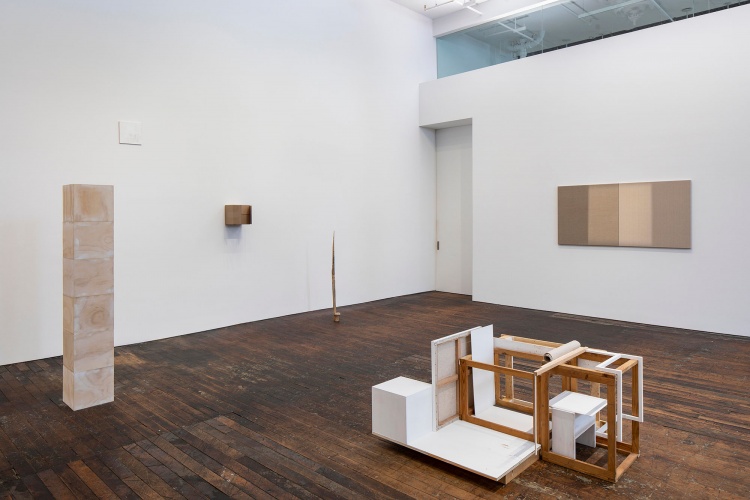
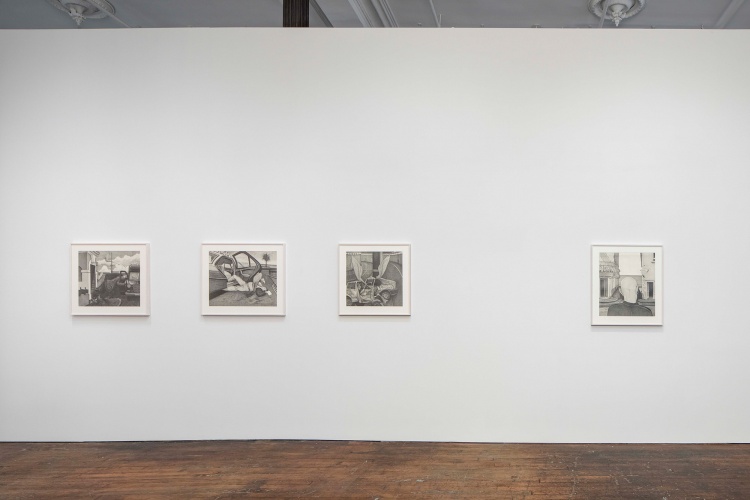
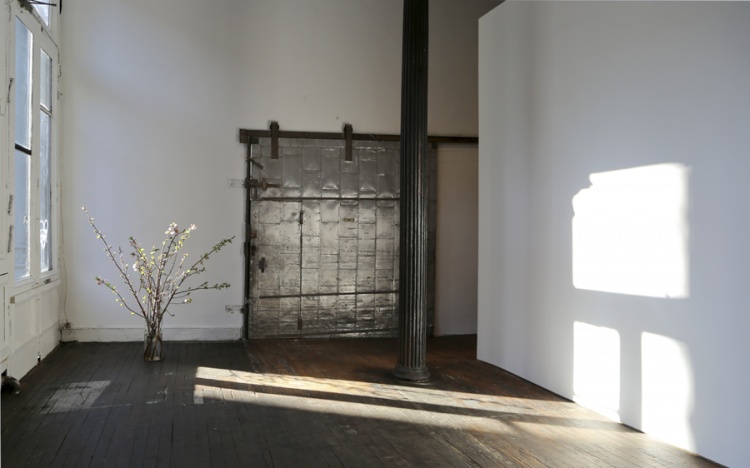
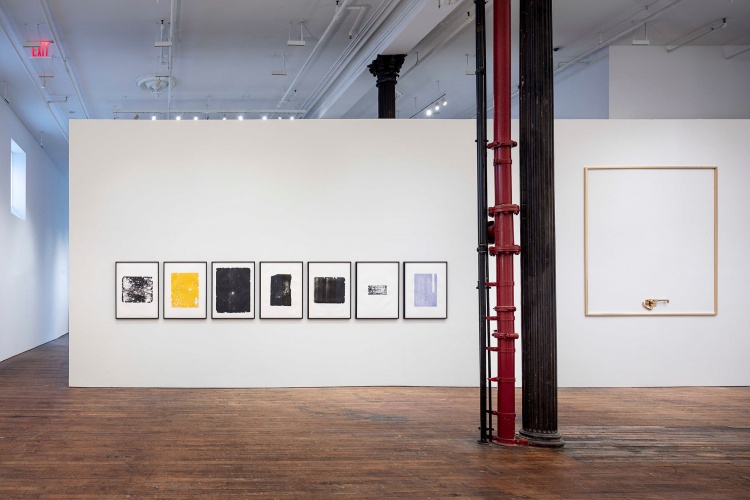
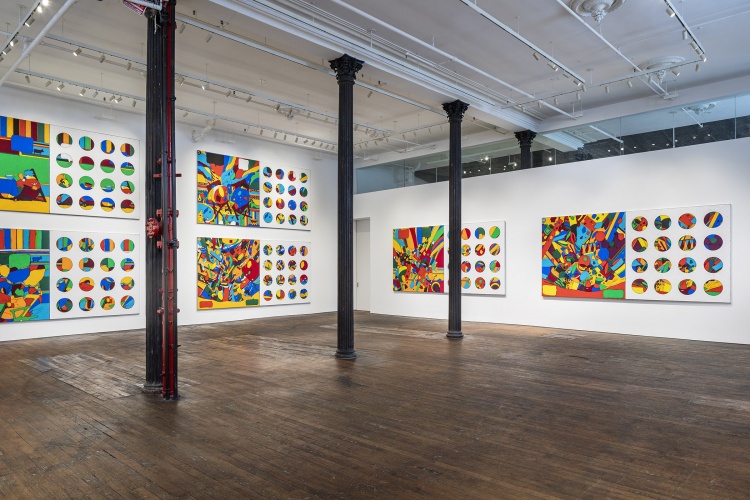
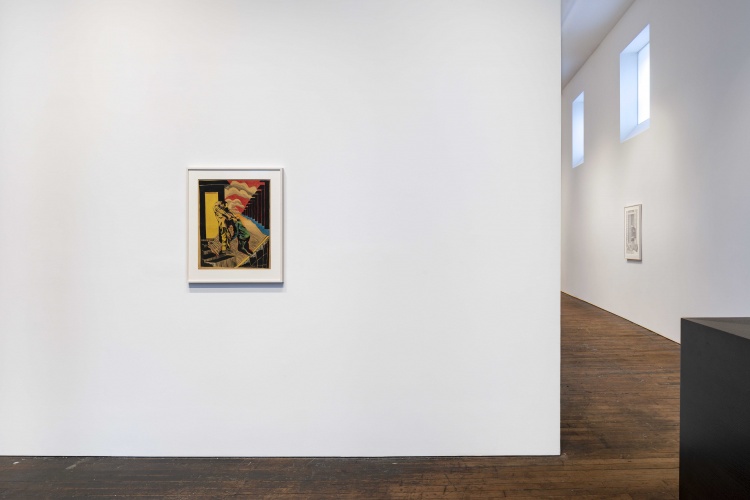
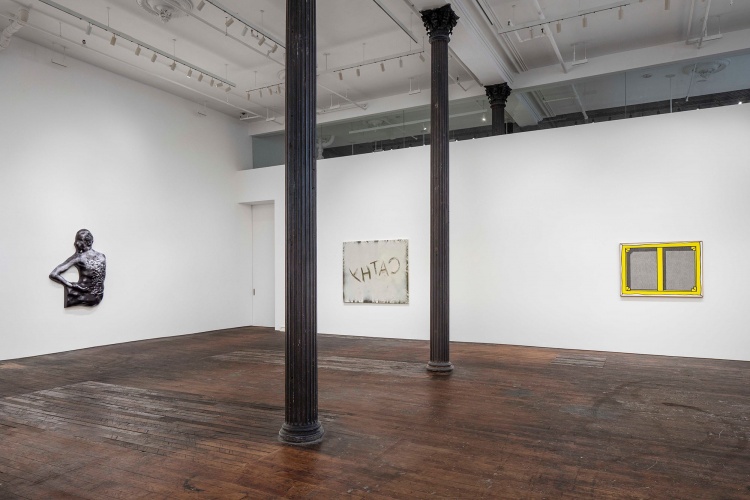
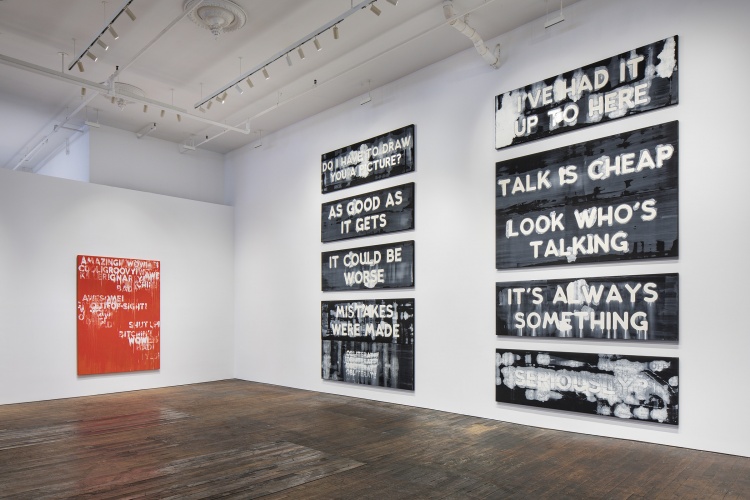
Mel Bochner | MEL BOCHNER SELDOM OR NEVER SEEN 2004–2022
Fernanda Gomes | Fernanda Gomes
Fernanda Gomes | Fernanda Gomes
Paul Anthony Harford | Paul Anthony Harford: The Circus Animals' Desertion
Courtesy of Peter Freeman, Inc.
BACK | David Adamo Alvin Baltrop Elisabetta Benassi Arthur Jafa Roy Lichtenstein Adam McEwen Catherine Murphy Bruce Nauman
Matt Mullican | Sunday, August 9, 1908
Paul Anthony Harford | Paul Anthony Harford: The Circus Animals' Desertion
BACK | David Adamo Alvin Baltrop Elisabetta Benassi Arthur Jafa Roy Lichtenstein Adam McEwen Catherine Murphy Bruce Nauman
Mel Bochner | MEL BOCHNER SELDOM OR NEVER SEEN 2004–2022
Catherine Murphy
Recent Work
March 6, 2025 - April 19, 2025
“With their fastidious detail and considered geometries, Murphy’s paintings first appear to be explanations.
But the ‘facts’ grow stranger the longer you look. The reports turn out to be poems.”
—Justin Paton in Artist Profile (2025)
Peter Freeman, Inc. is pleased to present Catherine Murphy's fourth solo exhibition at the gallery featuring paintings and drawings completed within the last three years.
Catherine Murphy works from direct observation, depicting both existing scenarios as well as imagined ones through elaborately staged set-ups in her studio or on her property. Her practice requires a prolonged process of painting or drawing under the right circumstances over months, sometimes even years. The carefully considered arrangements transform our way of looking, effectively capturing both fleeting moments and the passage of time.
Scale, framing, and perspective are all thoughtfully manipulated to convey how conditions, settings, and time can affect our perception. In Nine Over Nine we feel larger than life looking down through a gridded window pane onto white snow, whereas in Under the Table and Bed Clothes we feel child-like looking up into the laps of sitters at a table or from the foot of a bed at the outfit laid upon it. In Double Bed the view is straight-on. Soft pillows and pliable covers echo the forms and sleeping habits of a couple, the rumpled linens indicative of a years-long companionship.
Her compositions often reference art historical precedents, from old master paintings to minimalism. Among the graphite drawings on view, Ships, Plaid, Scalloped, and Leopard Skin are unconventional half-length portraits of scarved figures positioned with their backs to the viewer. In Studio Spot, light bounces off the metal hood around a bulb lying on the ground, transforming an area of the paint splattered floor into an illuminated galaxy.
Murphy’s work continues to evolve as she enters the sixth decade of her career. There is an immediacy to her latest paintings, almost a sense of urgency in which her brushstrokes are full of vitality. In Still Living, a damaged tree in her backyard stands tall and sturdy while bearing a visceral scar from a lost limb. It is wounded but alive, altered but surviving. Murphy’s paintings and drawings remind us that every moment and every object is affected by constant change and that, eventually, we are also subject to such inevitable change.
Catherine Murphy (b. 1946, Cambridge, Massachusetts) lives and works in Poughkeepsie, New York. She studied at Skowhegan School of Painting and Sculpture in Maine and earned a BFA from Pratt Institute in Brooklyn in 1967. She is a member of the American Academy and Institute of Arts and Letters. Murphy’s work is in the permanent collections of numerous museums including The Museum of Modern Art, New York; Whitney Museum of American Art, New York; San Francisco Museum of Modern Art, California; and the Art Institute of Chicago, Illinois. The Metropolitan Museum of Art, New York currently has one of her paintings from their collection on display.
Myron Stout
Charcoal Drawings
January 6, 2025 - March 1, 2025
Peter Freeman, Inc. is pleased to announce the representation of the Estate of Myron Stout and to present our inaugural exhibition of the artist's work with a selection of charcoal drawings from his personal collection that have never been shown before.
Myron Stout (b. 1905, Denton, Texas; d. 1987, Chatham, Massachusetts) was one of the most respected abstract artists of his generation, though he famously exhibited a limited body of work. While studying under Hans Hofmann at his studio-school in New York, Stout developed his distinctive spare, exacting style that bridged abstract expressionism to an anticipation of minimalism while existing outside of both. Working within the traditions of Constantin Brancusi or Piet Mondrian, Myron Stout found meaning within a simplified vocabulary. His first mature works were colorful depictions of geometric, almost neoplastic patterns, yet he found his stride in the black-and-white compositions that he said came out of his interest in the Greek tragedies of Aeschylus and Sophocles. Best known for his final series of biomorphic oil paintings, Stout also produced works in charcoal and graphite. He had a slow, almost agonizing practice that strove for perfection with imperfect mediums, often working on individual drawings and paintings for decades.
“As long as they were not concluded I kept them, because I knew there was something in there that was most probably a potential for solution, for bringing it to completion.”
– Myron Stout
The process of development mattered as much to Myron Stout as completion, if not more, and he almost never discarded a work once it was started. In this exhibition a group of more than 30 charcoals from the late 1940s and early 1950s charts the development of Stout’s imagery from his figural studies at Hans Hoffman’s studio-school to the highly reduced, hard-edged abstractions he is known for. Many of the drawings straddle the line between representation and abstraction, seemingly transforming from figurative to abstract even within the same composition.
Although Stout only participated in a handful of exhibitions during his career, his 1980 retrospective at the Whitney Museum of American Art, New York solidified him as a key figure in the history of abstract art. He was also the subject of a retrospective at Contemporary Arts Museum Houston, Texas (1977) and has had solo shows at Inverleith House, Royal Botanic Garden Edinburgh, United Kingdom (1998) and Dia Art Foundation, Bridgehampton, New York (1990). He was awarded a Guggenheim Fellowship in 1969 and the Merit Medal for Painting of the American Academy of Arts and Letters in 1982. His work is in the collections of The Metropolitan Museum of Art, New York; The Museum of Modern Art, New York; Solomon R. Guggenheim Museum, New York; Whitney Museum of American Art, New York; Art Institute of Chicago, Illinois; Hirshhorn Museum and Sculpture Garden, Washington, DC; National Gallery of Art, Washington, DC; and Carnegie Museum of Art, Pittsburgh.
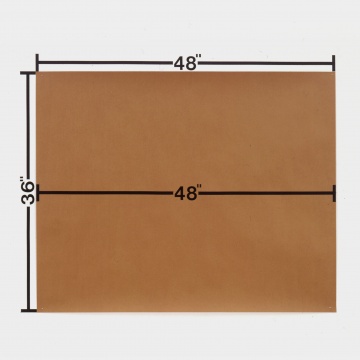
Mel Bochner
48″ Standards
November 19, 2024 - January 11, 2025
Julije Knifer
Works from 1950 to 2004
September 10, 2024 - November 9, 2024
Opening Reception: Tuesday, 10 September, 6–8 pm
Peter Freeman, Inc. is pleased to present Julije Knifer’s first solo exhibition with the gallery, taking place in the 100th year of the anniversary of his birth and 20 years since his passing.
“Chronology and order are irrelevant in my work. I have probably already created my last paintings, but maybe not yet the first ones.” Julije Knifer, Notes (1977)
Widely considered one of the most important and influential Croatian painters of the 20th century, Julije Knifer helped found the neo-avant-garde Gorgona group, an influential Zagreb-based collective active from 1959 to 1966 whose main ambition was the search for artistic and intellectual freedom. He dedicated the majority of his artistic career, from 1959 until his death in 2004, to the exploration of a geometric and rhythmic form known as the meander in pursuit of an “anti-image” that eschewed all expressive content. Appropriating this historic motif transformed Knifer’s approach to art into an ascetic exercise of endless variation and reiteration in which time and evolution becomes relative, a journey he described as “without progression or regression.”
This retrospective exhibition includes paintings and drawings from 1950 to the early 2000s, examining Knifer’s strategic use of reduction and repetition as a means of achieving liberation. A mural on the largest wall in the gallery demonstrates the potential of the rigorously prescribed meander removed from the canvas or paper to become a fully integrated architectural element. In POLIPTIH 1–4 (1976), the meander extends across four panels, while the 13-feet-wide JK F HC 91 1 (1991) invites total immersion in its symphonic movement.
A rich selection of works on paper chronicles his meditative use of repetition, from his seminal self-portrait series (1949–1951) and a group of early 1960s sketches mapping the gradual distillation of the meander to several highly saturated graphite drawings from later decades. These drawings provide unique insight into the artist’s working process and overall conceptual concerns. His notebooks, which he referred to as his “Banal Diary,” include entries written in horizontal and vertical blocks, taking on the form of the meander and illustrating the extent to which Knifer's artistic practice was inextricably linked to his daily life.
Recent solo exhibitions of Julije Knifer’s (b. 1924, Osijek, Croatia; d. 2004, Paris, France) work have been mounted at The Museum of Contemporary Art, Zagreb (2024); Neue Galerie Graz, Austria (2020); Museum der Wahrnehmung, Graz, Austria (2020); MAMCO, Geneva (2018); and Haus Konstruktiv, Zürich (2017). He represented Croatia at the 49th Venice Biennale (2001) and his work has been featured in recent group shows at Museo Nacional Centre de Arte Reina Sofía, Madrid (2022–2023); Van Abbemuseum, Eindhoven, the Netherlands (2022–2023); Museum moderner Kunst Stiftung Ludwig Wien, Austria (2022); Tate Modern, London (2019); and Museum für Gegenwart, Berlin (2018). His work is in the collections of The Museum of Modern Art, New York; Tate, London; Centre Pompidou, Paris; and Nationalgalerie, Berlin.
Made in Cologne
May 22, 2024 - July 18, 2024
Opening reception Wednesday, 22 May, 6–8pm
David Adamo, Richard Deacon, Cameron Jamie, Alicja Kwade, Heinz Mack, Mike Meiré, Mai-Thu Perret, Otto Piene, Heinz-Günter Prager, Norbert Prangenberg, Thomas Schütte, Rosemarie Trockel, Paloma Varga Weisz, Rose Wylie, Anna Zimmermann
Peter Freeman, Inc. is pleased to present Made in Cologne, a selection of ceramic sculptures all produced in the atelier of Niels Dietrich.
In the early 1980s, Niels Dietriech studied ceramic design at the Hochschule Niederrhein in Krefeld, Germany where he met artist Norbert Prangenberg, who had just been awarded the Mies Van Der Rohe scholarship at the Museum Haus Lang. Prangenberg came to him with a desire to explore ceramics and, through their resulting collaborative relationship, Dietrich went on to establish his own atelier in 1984. The artist then introduced Dietrich to Thomas Schütte, whose series Black Lemons was the first project realized after the workshop relocated from Krefeld to Cologne in 1989. The series will be included in Schütte’s upcoming retrospective at The Museum of Modern Art, New York.
Now, forty years later, Dietrich has established an essential workshop used by some of the most important contemporary artists. As one of the only ceramics ateliers dedicated to fine art, the workshop is distinguished by its capacity to produce significant works of unique quality and scale. The atelier has had a profound influence, elevating ceramic art within the Rhineland and beyond.
This is the first exhibition to highlight the breadth and impact of the atelier. In addition to Prangenberg and Schütte, featured artists include the founding members of the ZERO group Heinz Mack and Otto Piene, both long-time collaborators with the workshop. New ceramics from Alicja Kwade and Mai-Thu Perret embody a visceral materiality, while a kind of structured abstraction is found in works by Richard Deacon and a series of terracotta slabs by Heinz-Günter Prager. Familiar objects recreated by Rosemarie Trockel and David Adamo take on new functions as ceramics, whereas the graphic interpretations of everyday items by Rose Wylie and Mike Meiré reveal playful meditations on the nature of visual representation. Other exhibited works include organic forms by Cameron Jamie and Anna Zimmermann, and figurative works by Paloma Varga Weisz.
Robert Moskowitz
Robert Moskowitz: Paintings and Drawings from Four Decades
March 14, 2024 - May 16, 2024
Peter Freeman, Inc. is pleased to present Robert Moskowitz’s first solo exhibition with the gallery, curated by Dieter Schwarz, who writes:
Robert Moskowitz created an oeuvre that is painterly through and through, and at the same time possesses immense pictorial power. The selection of paintings and drawings in this exhibition makes it possible to trace some of Moskowitz’s motifs over an extended period of time.
In contrast to the imagery of Pop Art, Moskowitz’s images have a completely private character. Even the twin towers of the former World Trade Center, which he first painted in the late 1970s and revisited over the years, became a personal metaphor for him. Through his painterly treatment, Moskowitz would reduce the image to its essential form and to its essential content, creating a particular physicality. This can be seen, for example, in the relationship between the image transformed into a silhouette to the color and format of the horizontally or vertically expanding picture surface. The image is embedded in it, waiting to be discovered by the viewer.
Moskowitz’s images possess a density and intensity that allowed him to reproduce them in ever new forms over the years—be it on paper or on canvas. The subtle variations of medium—oil paint, pastel, graphite—and format express subtle variations of mood through the same image. In his studio, Moskowitz installed a large number of drawings, which mainly show iterations of the twin towers and the Flatiron Building. This wall of drawings, which is impressive due to the range of tonalities, has been reconstructed for the exhibition.
The room of paintings features a small selection of motifs: the Wrigley Building from Chicago, which Moskowitz painted from an advertising image, the Red Cross he glimpsed in a film with Bill Murray whom he admires, the Tsunami wave, and finally the man jumping into the depths from a mural in Paestum, Italy. Moskowitz chose these images intuitively. In the course of his practice, which took on obsessive traits through repetition and duration, both their physical presence and their enigmatic appearance became clearer. But the material beauty of the surfaces is only an attractive illusion because, as Moskowitz said in an interview, the images are existential: “what the picture is saying is not beautiful. It’s about being here.”
Robert Moskowitz (b. 1935, Brooklyn; d. 2024, Manhattan) started to show in 1962 with Leo Castelli Gallery, later showing with, among others, Daniel Weinberg Gallery, San Francisco; Margo Leavin Gallery, Los Angeles; Blum Helman Gallery, New York; and Lawrence Markey, San Antonio, Texas. Notable solo exhibitions include The Clocktower, The Institute for Art and Urban Resources, New York (1977); Walker Art Center, Minneapolis (1981, touring to: Hudson River Museum, Yonkers, New York); Kunsthalle Basel, Switzerland (1981, with Susan Rothenberg and Julian Schnabel, toured to: Frankfurter Kunstverein, Germany; Louisiana Museum of Contemporary Art, Humlebæk, Denmark); University Art Museum, University of California at Berkeley (1986), Hirshhorn Museum and Sculpture Garden, Washington, DC (1989, toured to: La Jolla Museum of Contemporary Art, California, and The Museum of Modern Art, New York); and Art Gallery of Ontario, Canada (1989). Group exhibitions include The Art of Assemblage, The Museum of Modern Art, New York (1961); Black, White, and Grey, Wadsworth Atheneum, Hartford, Connecticut (1964); New Image Painting, Whitney Museum of American Art, New York (1978); and An International Survey of Recent Painting and Sculpture, The Museum of Modern Art, New York (1984).
Dieter Schwarz (b. 1953, Zürich) was the director of Kunst Museum Winterthur from 1990 to 2017. He is now an independent curator and author, based in Zürich.
Elisabetta Benassi
Elisabetta Benassi: The Drowned World
January 11, 2024 - March 9, 2024
Peter Freeman, Inc. is pleased to present Elisabetta Benassi’s first solo exhibition in the United States, The Drowned World.
Benassi uses a range of media, including installation, sculpture, photography, and video, to question modernity through the materials of its artistic, cultural, and political dimensions. The Drowned World features all new works conceived and created specifically for the occasion to present an archaeology of the future, an excavation from which the fossils of a vanished world emerge as metallic bones of animals exterminated by man.
The exhibition functions as a landscape to be traversed within the gallery. At the entrance is Study for Michelangelo's Head, a life-sized giraffe skull in bronze resting on a workshop stool and the first iteration of a forthcoming work recently selected for commission by the Museo Nazionale Romano to be installed in Michelangelo's Cloister at the Baths of Diocletian.
In the larger gallery space hangs a first edition copy of J.G. Ballard’s 1962 eco-fiction novel The Drowned World, the source of the exhibition's title, pierced by a fishing spear modelled after the historic patterns of tribal harpoons. The harpooned text is accompanied by four enlarged animal skulls on metal foundry carts – Fixator I (Dugong), Fixator II (Puma), Fixator III (Rhinoceros), Fixator IV (Mole) – each bearing the marks of trauma and suspended within their own cage-like frames reminiscent of the external fixator devices used in the medical field to keep fractured bones stabilized. The various irregular, prismatic shapes connect the inner form to the outer structure, presenting self-referential imagery reflective of its own construction and materiality.
The center gallery is occupied by The Feast of Skulls, in which two Morse lamps mounted on military tripods use an electronic controller to translate the chapter titles from Ballard's book into Morse code communicated through intermittent flashes of light projected through the space. Benassi engages material and metaphor to expose how the construction and destruction of ideologies can unfold through the artifacts and archives of our various local and global histories. With investigation and query, Benassi’s work finds forms with which to challenge both how and whose modernity ultimately perseveres.
Elisabetta Benassi (b. 1966, Rome, Italy) has had solo exhibitions at the Museo Nazionale Romano, Crypta Balbi, Rome (2022); the Fondazione Adolfo Pini, Milan (2021); Galerie Jousse Entreprise, Paris (2018); Collezione Maramotti, Italy (2017); Magazzino, Rome (2016); and CRAC Alsace, Altkirch (2013). She has been featured in the 2011, 2013, and 2015 editions of La Biennale di Venezia and her work can be found in the collections of the Castello di Rivoli, Turin; MAXXI, Rome; Centre Georges Pompidou, Paris; The Philadelphia Museum of Art; and Museo d’Arte Moderna di Bologna. The artist lives and works in Rome.

 Back to all Member Galleries
Back to all Member Galleries
